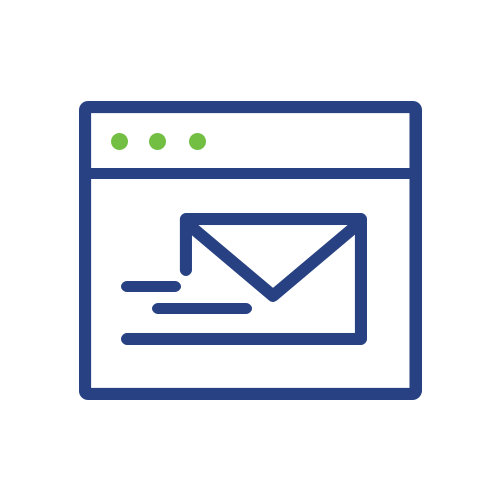Many retailers wonder what happens when a user with intent to buy browses their site and leaves. Do you lose that potential customer forever? The answer is: not if you have an email marketing strategy.
Normally, if a user visits your site and bounces without leaving their email, the only way to get them back to your site is to pay to market to them again (through channels like Criteo, Facebook, or Pebblepost). Yet, many online retailers have found another more cost-effective way to reach out to these users again- email re-marketing.
What is email re-marketing?
This is when someone collects site visitors’ email addresses to stay top of mind after they leave.
How can I do that? Here are some effective ways to integrate email re-marketing to your site:
Placement
Remember, a UX (User Experience) designers’ sole career is to make an online experience seamless for the consumer and profitable for the retailer. Needless to say, each situation is always unique.
- The first thing to think about is how people are entering your site. How does it make sense to ask for their e-mail?
- Determine where you are going to capture e-mail. Will it pop-up upon landing? Is it in the header/navigation bar? Footer? Blog?
- Modal pop-ups for email capture are effective but should be tested (do they increase/decrease bounce rate, conversion rate etc. ?). They must also follow Google rules for mobile in order not to affect SEO.
- Does it make sense to wait until a user has had some time to browse the site before asking for their email? (e.g. on second-page load) Or do you want it to pop up when a user shows exit intent, so that you capture their email before they leave?
- If a user is not anonymous (i.e. you already have their email address), do not show them email capture content. Use that space to deliver other relationship building messages. These could encourage people to sign up for your blog, Refer a Friend program, quick re-order pages, or to promote an ‘insider’s sale’
Content
Once you’ve decided some key touch points for where you’re going to collect email addresses, decide how to maximize the likelihood that a user will actually submit their email and stay subscribed.
- What information is essential (e.g. email address) and what is “nice to have” (e.g. breed, species, name)? The more information you ask for, the greater likelihood of abandonment.
- Can you integrate personalization settings once you’ve captured their email (e.g. as a part of the welcome series)? These settings are usually accessed through a link in the footer of your emails, next to the unsubscribe button. Common personalization settings include: how many times/week they want to receive emails, what types of emails (promos, new products, content/advice), or an opportunity for them to share a bit about themselves (the type of pet, birthday, age, breed etc…). Using this personalization data to tailor your email content and cadence will reduce the likelihood that a user will unsubscribe from you list.
- Incentives can greatly increase the number of emails submissions but will bring a higher percentage of new customers coming in on coupons. It’s important to make it a lower offer to capture low-hanging fruit. Common messaging would be along the lines of “Sign up and get 10% off your first order!”
- Keep it short and simple. Something witty can also work if it aligns with your brand.
We hope this guide helps you understand the process of kick-starting your email marketing program. Stay tuned for more articles on marketing tools and tactics!
